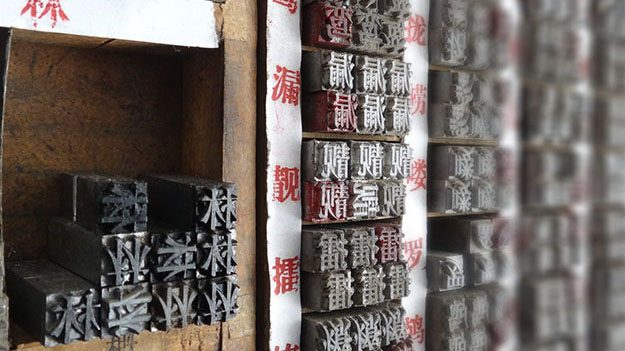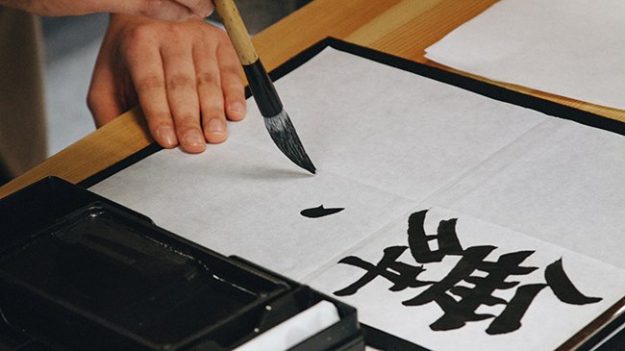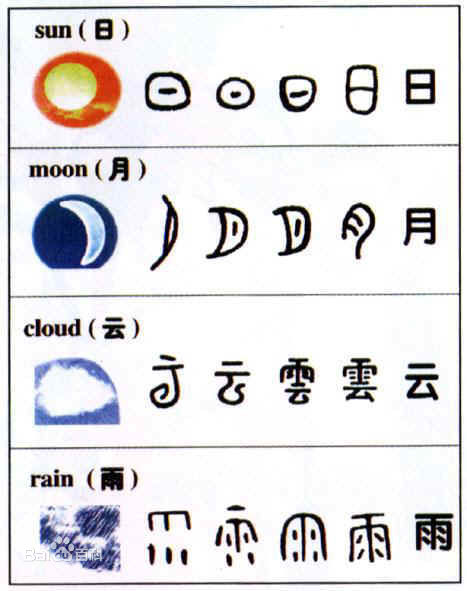Chinese Language Day is around the corner, in which time people who speak or learn Chinese celebrate together. Why does this language gain its popularity all over the world?
With a long history, Chinese, the most widely used language in the world, plays significant role in the world cultural arena. To carry forward the traditional culture of Chinese language, 20 April is used as Chinese Language Day.

The development and influence of Chinese nowadays
The increasing popularity of Mandarin worldwide is attributable to the growing influence of Chinese culture, which “carries a charm beyond national boundaries”.
The Confucius Institute of Cardiff University as a good place for locals to learn and understand Chinese in Cardiff. Zhou Miaoqing, the Mandarin Tutor in the Confucius Institute, said in the interview: “Over the past two years, I have seen an increasingly large number of learners coming here to learn Mandarin.”
For example, Jeff Bezos, the founder of Amazon, tried to educate his four children with Chinese lessons, and Facebook CEO Mark Zuckerberg and his wife Priscilla Chan introduced Chinese to their daughter. Prince George also had his Mandarin lessons at the school of Thomas’ Battersea in London.
“From the Analects of Confucius to Tang Poems, Chinese literature works are recognized as a kind of world cultural heritage by people in other countries. There are many Chinese learners who decided to learn this language completely out of their deep love for Chinese culture,” Zhou added.

The influence of Chinese is also huge nowadays, especially in political arena. Chen Zhimin, a PR specialist on Sino-foreign communications at Fudan University, highlighted that the prevalence of Chinese language is also evident in, especially in the field of diplomacy.
“Each year, along with the advent of Chinese New Year, it is a tradition for some state leaders to deliver wishes to China and Chinese people. It is a quite tactful diplomatic idea for them to incorporate Chinese into their speeches in order to maintain a good relationship.”
“For instance, at the beginning of 2017, British Prime Minister Theresa May sent a New Year message of friendship via the British government’s official website to those who celebrate Chinese Lunar New Year worldwide,” she added.
The invention and origin of Chinese characters
According to legend, the history of the Yellow Emperor was taken over by the Guancang, it is 5,000 years old today.
Since the Shang dynasty’s oracle bones date, the Chinese characters have a history of 3,000 years. Since Oracle’s writing is already a fairly mature writing system, it can be inferred that the occurrence of Chinese characters was far from 3,000 years ago.
From around the 14th century BC, the “Oracle” in the late period of the Shang Dynasty was considered to be the first form of “Chinese characters.”
The development of Chinese characters can be divided into two major stages. From oracle bone writing to Xiaoyan is a stage; from the official script of the Qin and Han dynasties, the following is another stage. The former belongs to the category of ancient languages, while the latter belongs to the category of modern languages.
To this day, various types of characters have been born, such as a comprehensive body, an entire block, a floating body, a variant, etc. This is the inevitable result of the development of Chinese characters.
Three phases of the development of Chinese characters
The first stage is the pictorial text stage. The previous texts of the Shang Dynasty belonged to this stage.
The pictorial text is developed on the basis of text and picture. The pictorial text is directly related to the sound language. It records the sound and meaning of the word in the language. Therefore, it is the prototype of the text (or the original text). This is a qualitative leap in the history of human civilization.
The second stage is based on ideographic characters and uses phonetic characters as the main phonetic text stage. The writings from Oracle to the Qin Dynasty belong to this stage.
Hieroglyphs are characters that describe the image of an object. Hieroglyphics are evolved from the pictorial text and are the oldest typeface. They are also called “like lines of words.” They are simple symbolic patterns used to represent the characteristics of a transaction to write words in a language and have a fixed pronunciation.
The third stage is based on the form of phonograms. It also retains the stage of the form and character of some forms and photographs. From the Qin dynasty to the modern kanji belong to this stage.

The spread of Chinese
The Chinese language also influences and penetrates into other languages while absorbing foreign words.
For example, the words “ganbu (cadre)” and “guanxi (guanxi)” were formally entered into the “Oxford English Dictionary” many years ago. In fact, various kinds of Chinese loanwords continue to emerge in English.
Tofu (bean curd) and Peking duck (cheese) have entered the everyday language of foreigners, they represent Chinese historical culture, such as Confucius (Confucius), Laozi (Laozi), fengshui (feng shui). These words have entered the everyday vocabulary of English.
Words like “kongfu” and “Tai Chi” are more widely known as the spread of Chinese kung-fu movies. In terms of political economy, the term “lianghui (two sessions)” was first used by CNN. Gradually, this term has become a common vocabulary for major international media.
Chinese characters are broad and profound and have a long history, also have the huge influence wherever they are. After 5,000 years of change, now as the world’s most widely spoken language.

